RadioFrequency Ablation Therapy
About the Treatment
Ablation means the use of heat to damage the tissue, which causes scar tissue to form. In the RFA technique, radiofrequency energy is used to heat up and damage the wall inside a vein. This creates a varicose vein in the leg to shrink and collapse.
How is this procedure carried out?
The RFA system delivers uniform heat for lasting vein closure.(Ref 1)
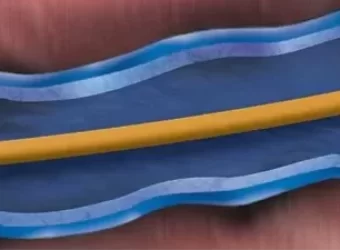
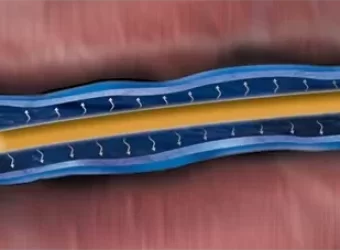
Controlled heat collapses vein
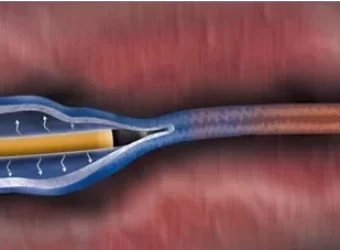
Catheter withdrawn, closing vein
ADVANTAGES OF RFA TECHNIQUE

Minimally invasive²

Less pain, Less bruising, Quicker recovery¹*

Effective for
Long-term³*
ARE THERE ANY
COMPLICATIONS INVOLVED?
Like with all medical procedures, some minor complications are involved. With RFA, the following rare risks can be involved
• Skin burns or discoloration
• Infection
• Thrombosis (clot formation inside a blood vessel)
• Injury to the nerve next to the treated vein
• Vessel perforation
• Blood clot formation in the affected vein
• Bruising
• Deep vein thrombosis
If you are looking for radio frequency ablation treatment, please visit the Clinic Locator and find a vein specialist clinic in your nearby locality.
*Disclaimer: Subject to medical condition of patient
References:
1. Proebstle TM, Alm BJ, Göckeritz O, et al. Five-year results from the prospective European multicentre cohort study on radiofrequency segmental thermal ablation for incompetent great saphenous veins. Br J Surg. February 2015;102(3):212-218.
2. Jhttps://www.healthlinkbc.ca/health-topics/tx4190
3. J Vasc Surg. 2004; 40(3):500-4 (ISSN: 0741-5214)
ABOUT THE
TREATMENT
Ablation means the use of heat to damage the
tissue, which causes scar tissue to form. In the
RFA technique, radiofrequency energy is used
to heat up and damage the wall inside a vein.
This creates a varicose vein in the leg to shrink
and collapse.
HOW IS THIS PROCEDURE
CARRIED OUT?
The RFA system delivers uniform heat for lasting vein closure.
1
1
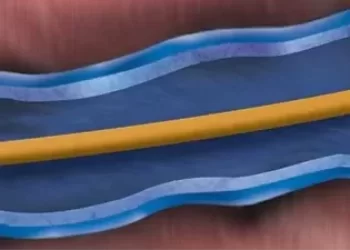
Catheter inserted into vein
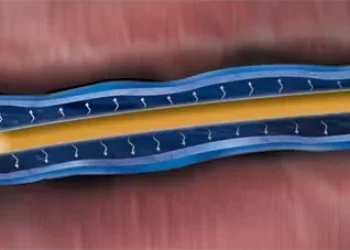
Controlled heat collapses vein
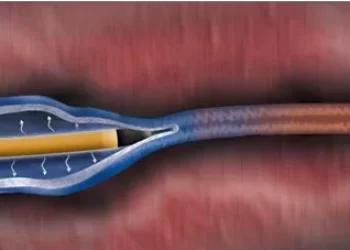
Catheter withdrawn, closing vein
ADVANTAGES OF
RFA TECHNIQUE

Minimally invasive²

Less pain,
Less bruising,
Quicker recovery¹*

Effective for
Long-term³*
ARE THERE ANY
COMPLICATIONS INVOLVED?
2,3
• Skin burns or discoloration
• Infection
• Thrombosis (clot formation inside a blood vessel)
• Injury to the nerve next to the treated vein
• Vessel perforation
• Blood clot formation in the affected vein
• Bruising
• Deep vein thrombosis
References:
1. Proebstle TM, Alm BJ, Göckeritz O, et al. Five-year results from the prospective European multicentre cohort study on radiofrequency segmental thermal ablation for incompetent great saphenous veins. Br J Surg. February 2015;102(3):212-218.
2. Jhttps://www.healthlinkbc.ca/health-topics/tx4190
3. J Vasc Surg. 2004; 40(3):500-4 (ISSN: 0741-5214)





